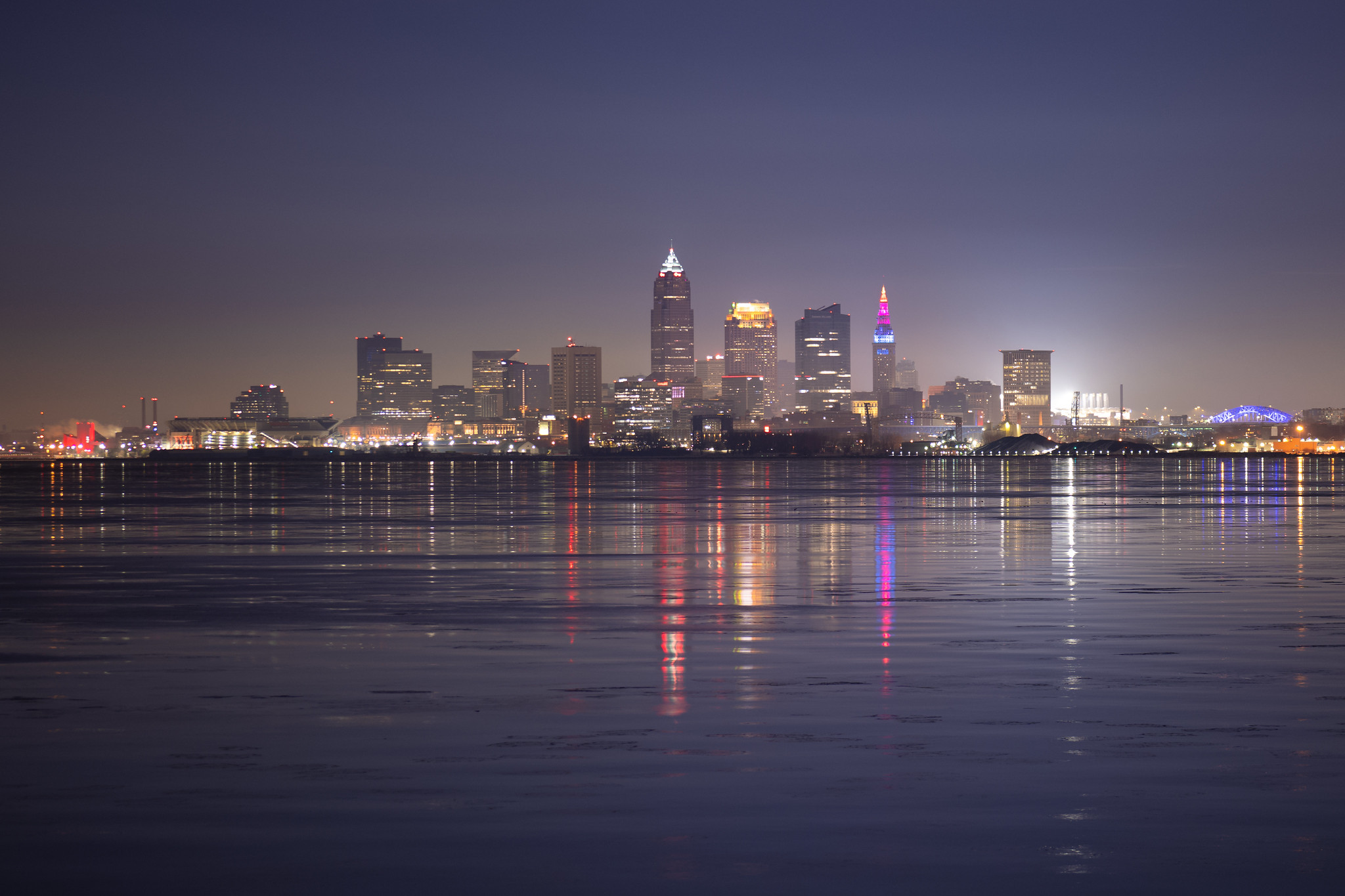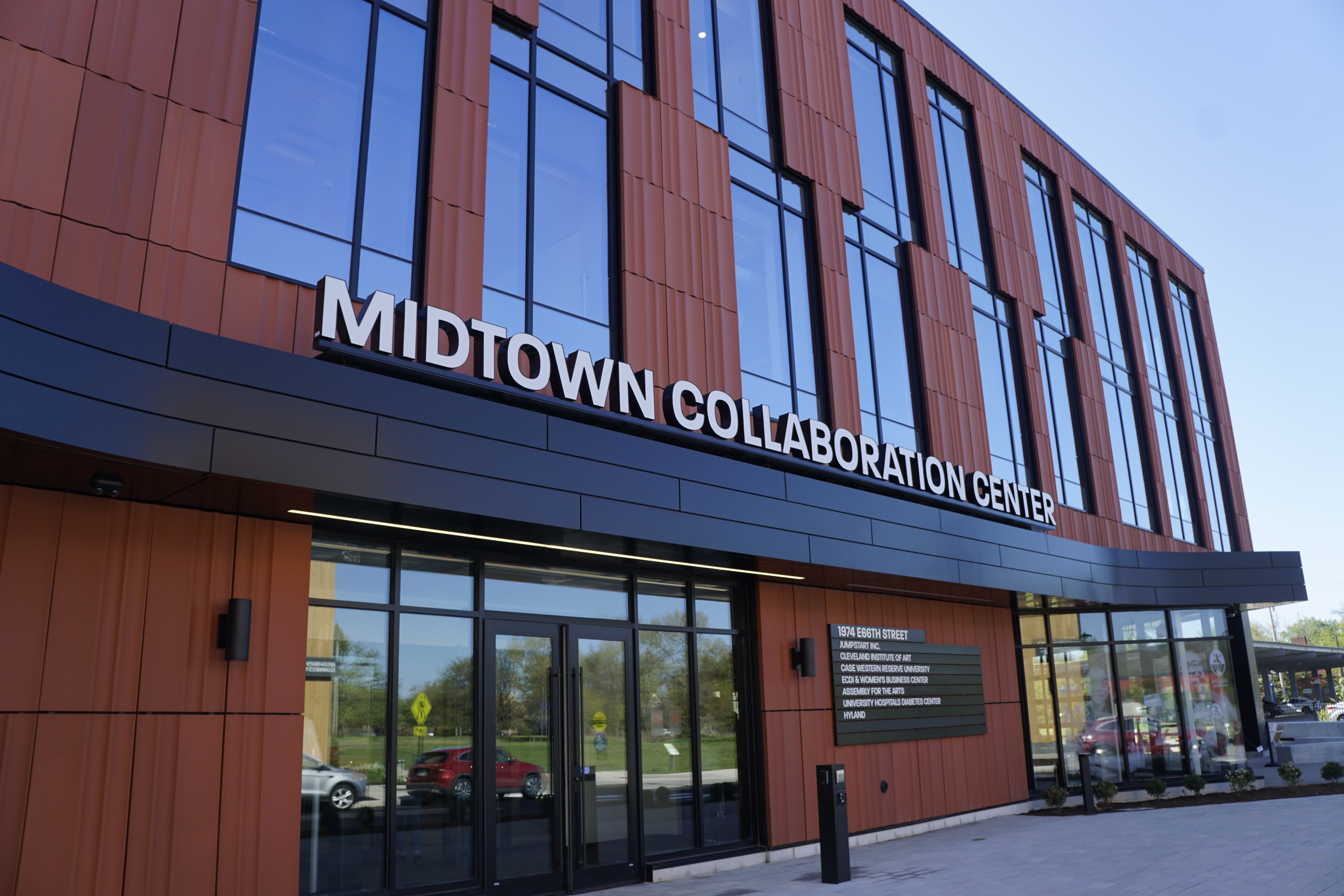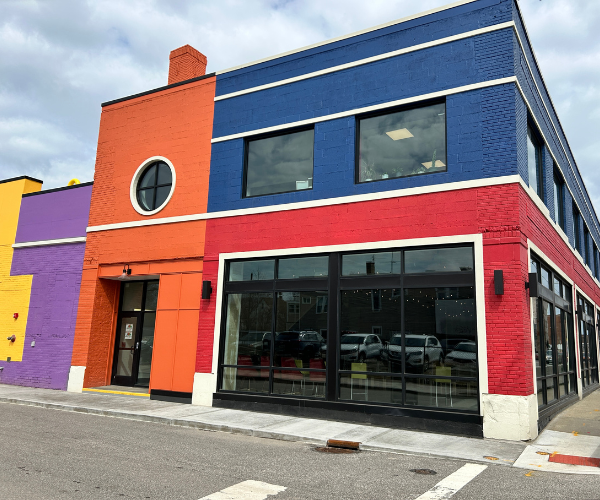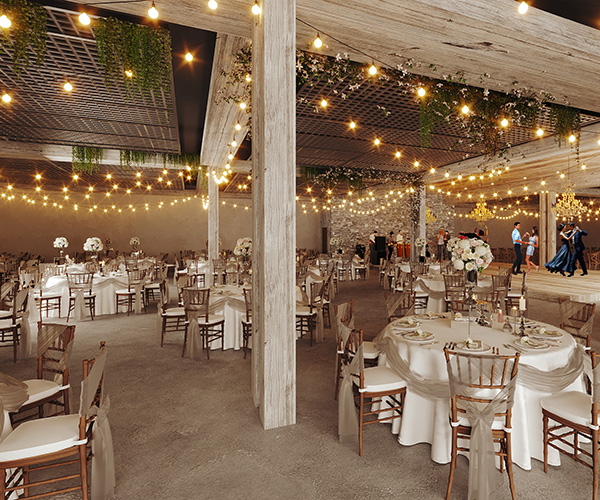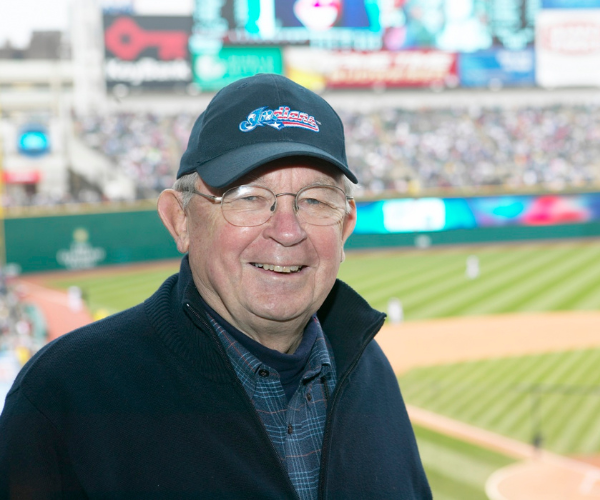The Transformation of Lady J
Jeremiah Davenport came to Cleveland to study musicology but has danced into the spotlight as a drag performer who combines artistry with a deep sense of history.
by Mark Oprea | Aug. 23, 2017 | 12:00 PM

Angelo Merendino
Trending
-
1
-
2
-
3
-
4
-
5

